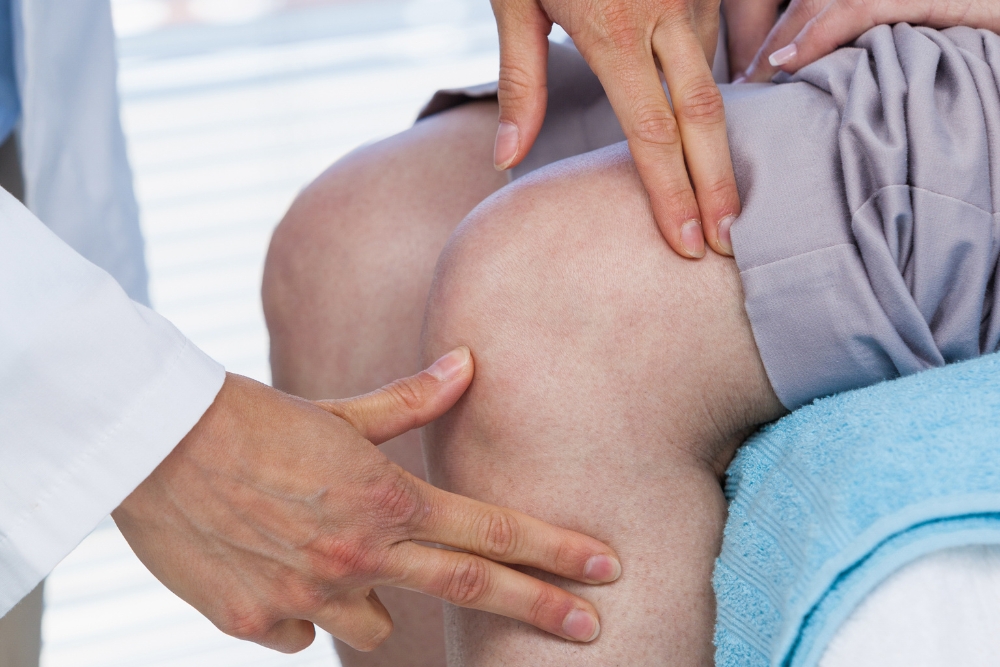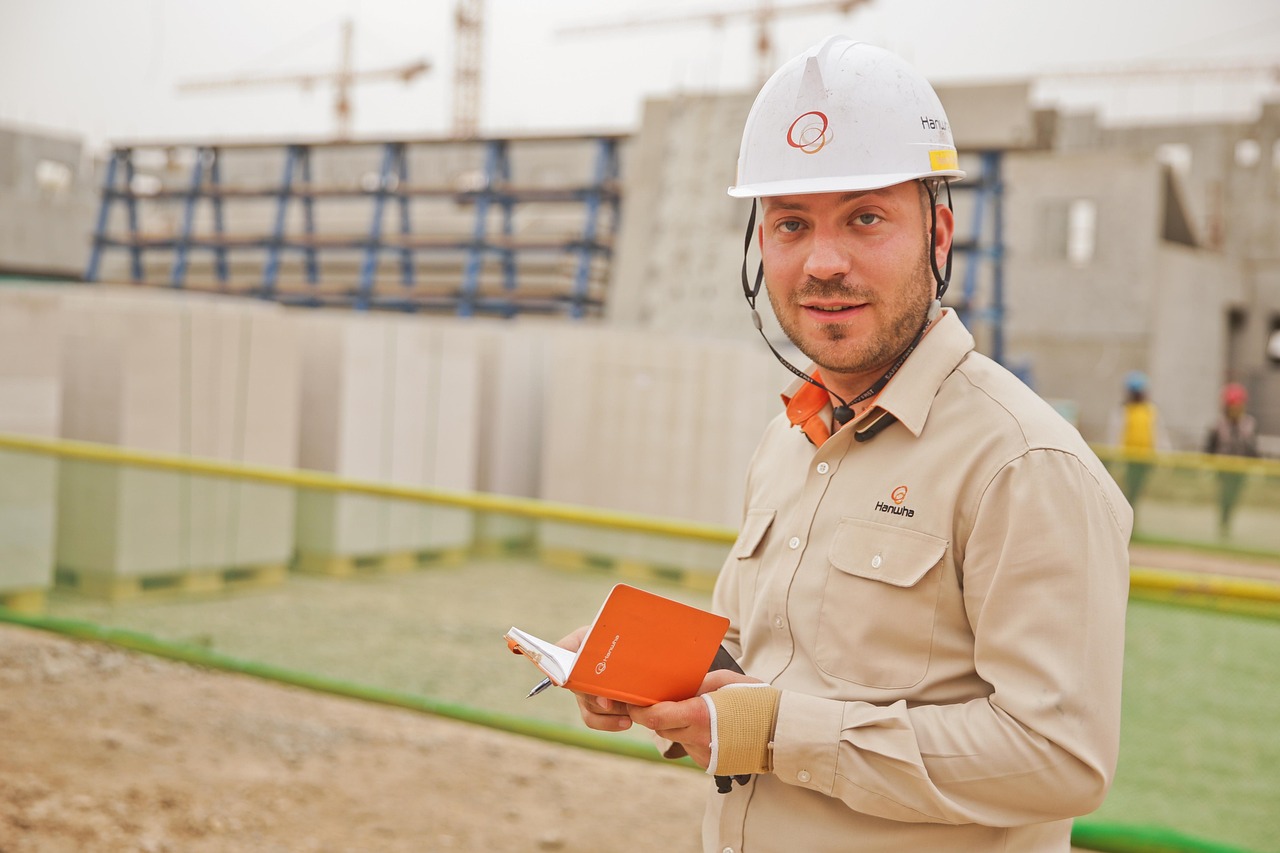Knee Pain Treatment: approaches, diagnosis and recovery options
Knee pain is a common complaint that affects people of all ages, from athletes to older adults. Understanding the cause of the pain and choosing an appropriate treatment plan can speed recovery and reduce the chance of recurrence. This article outlines common causes, diagnostic steps, non-surgical and surgical options, rehabilitation strategies, and how to find local services or specialist care in your area.

This article is for informational purposes only and should not be considered medical advice. Please consult a qualified healthcare professional for personalized guidance and treatment.
What causes knee pain?
Knee pain can arise from a range of issues including acute injuries, overuse, mechanical problems and chronic conditions. Ligament sprains (such as anterior cruciate ligament injuries), meniscal tears, tendonitis, bursitis and patellar tracking disorders are frequent in younger and active people. Osteoarthritis and inflammatory arthritis are more common causes in older adults and those with long-term joint stress. Referred pain from the hip or lower back can also manifest around the knee. Identifying the underlying mechanism—traumatic versus degenerative or inflammatory—guides treatment choices and expected recovery timelines.
How is knee pain diagnosed?
Diagnosis begins with a focused history and physical examination. Clinicians ask when the pain started, whether there was an injury, what activities aggravate or relieve symptoms, and whether there are mechanical noises or locking. Physical tests assess stability, range of motion and signs of swelling. Imaging is used selectively: X-rays evaluate bone and joint space; ultrasound can visualize tendons and fluid; MRI gives detailed views of ligaments, menisci and cartilage. Blood tests may be indicated if infection or inflammatory arthritis is suspected. Local services, such as community clinics, physiotherapy providers or specialist orthopaedic centres, can offer assessment and referral options depending on severity.
Non-surgical treatments and self-care
Many knee conditions respond well to conservative care. Initial self-care includes rest from aggravating activities, ice to reduce swelling, compression and elevation. Over-the-counter analgesics and anti-inflammatory medications can help short-term; discuss suitability with a pharmacist or doctor. Bracing or taping may provide support for unstable knees or patellar tracking problems. Activity modification—substituting low-impact exercise such as cycling or swimming for running—helps maintain fitness while reducing joint load. Weight management, when relevant, decreases mechanical stress on the knee. For flare-ups that do not respond to basic measures, primary care can arrange further assessment and targeted non-surgical therapies.
Physical therapy and exercise plans
A structured rehabilitation programme is often central to knee pain treatment. Physiotherapy aims to restore range of motion, strengthen surrounding muscles (especially the quadriceps and hip stabilisers), improve proprioception and correct movement patterns that overload the joint. Individualised exercise prescriptions can include closed-chain strength exercises, eccentric loading for tendinopathies, and progressive balance training. Manual therapy, soft tissue techniques and guided stretching may support progress. Adherence is important: small, consistent improvements in strength and control typically produce the best long-term outcomes. Many clinics and private therapists provide tailored programmes; some services offer supervised group classes or digital rehabilitation platforms for remote guidance.
When to consider surgical options
Surgery is considered when conservative measures fail, when structural damage requires repair, or when pain and dysfunction significantly limit daily life. Indications include persistent mechanical symptoms from meniscal tears, ligament ruptures that cause instability, advanced focal cartilage defects, and severe osteoarthritis in selected patients. Common procedures range from arthroscopic debridement and meniscal repair to ligament reconstruction and joint replacement. Decisions for surgery depend on factors such as age, activity goals, severity of pathology, and overall health. Discuss realistic outcomes, rehabilitation timelines and potential risks with an orthopaedic specialist to determine whether surgical intervention is appropriate for your situation.
Recovery timelines and finding care in your area
Recovery varies by diagnosis and treatment. Minor soft-tissue injuries may resolve in weeks with conservative care; tendon problems can take months of graded loading to improve; ligament reconstructions and knee replacements involve longer rehabilitation, often several months to a year for full functional recovery. When seeking care in your area, consider multidisciplinary providers: general practitioners, physiotherapists, orthopaedic surgeons, and sports medicine clinics. Many local services offer initial assessment and can coordinate imaging or specialist referral if needed. If costs or waiting times are a concern, explore a mix of public and private options, community physiotherapy programmes, or supervised exercise classes that can provide effective support without immediate specialist referral.
Conclusion
Effective knee pain treatment depends on accurate diagnosis, appropriate conservative care, and clear rehabilitation goals, with surgery reserved for specific indications. Working with healthcare professionals and using local services in your area helps tailor treatment to individual needs and recovery objectives. Regular, progressive strengthening and sensible activity choices reduce risk of recurrence and support long-term joint health.



